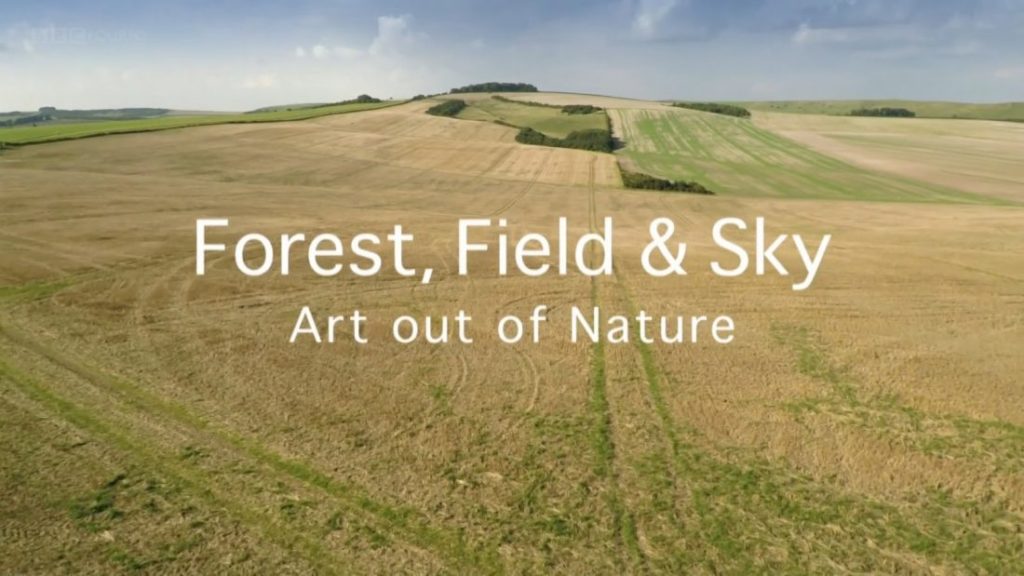Art of China – Andrew Graham-Dixon combines an appreciation of Chinese art with a journey of discovery around the country, seeking to understand the works in their historical context. Andrew Graham-Dixon is a historian and presenter who explores the art of China in a three-part BBC documentary series. He travels across the country and through time, from the ancient terracotta army to the contemporary art scene, to reveal the rich and diverse artistic heritage of China. He also examines how Chinese art reflects its history, culture, and identity, as well as how it influences and interacts with the rest of the world.
Art of China – Part 1
Andrew Graham-Dixon pieces together the spectacular recent discoveries of ancient art that are re-defining China’s understanding of its origins. He comes face to face with an extraordinary collection of sophisticated alien-like bronze masks created nearly four millennia ago and travels to the Yellow River to explore the tomb of a warrior empress where he discovers the origins of calligraphy. Always seeking to understand art in its historical context, Andrew visits the tomb of the first emperor and comes face to face with the Terracotta Army. He ends his journey in western China, looking at the impact of the arrival of Buddhism from India on the wondrous paintings and sculptures of the Dunhuang caves
Art of China – Part 2
Andrew Graham-Dixon travels to the Yellow Mountains in southern China to understand the power of Chinese landscape painting. The period from the 10th to the 15th century – from the Song to the Ming dynasties – was the golden age of art in China. Andrew discovers an emperor so in love with art and beauty that he neglected to rule his country and scholar artists who fled the Mongol invasion to immerse themselves in nature, combining wondrous landscape painting and calligraphy. While Europe was still in the Dark Ages, Chinese art was being reborn.
Art of China – Part 3
Andrew Graham-Dixon charts the journey from imperial to modern – the glorious rise and calamitous fall of China’s last dynasty. Rulers were so entranced by the spell of western art that they failed to notice the rise of western dominance, with disastrous consequences. The subsequent profound identity crisis saw China’s artists struggle with outside influence. It was an age of crisis, which ultimately led to bloody revolution and rebirth. After tyrant Mao’s Cultural Revolution and Tiananmen Square, does its new art reveal a different side to the modern China we think we know?
Andrew Graham-Dixon
Art of China is a three-part documentary series hosted by Andrew Graham-Dixon, exploring the history and cultural significance of Chinese art. The series covers a span of more than 3,000 years, from the ancient bronzes of the Shang dynasty to the contemporary art scene of the 21st century. Along the way, Graham-Dixon visits some of the most iconic and influential sites and artworks in China, such as the Terracotta Army, the Forbidden City, the Great Wall, the Mogao Caves, and the Shanghai Biennale. He also meets with artists, curators, historians, and collectors who share their insights and perspectives on Chinese art and culture.
The first episode, “The Golden Age”, focuses on the classical period of Chinese art, from the Zhou dynasty to the Tang dynasty. Graham-Dixon explores how art reflected the political and religious changes that shaped China during this time, such as the rise and fall of empires, the emergence of Confucianism and Buddhism, and the development of calligraphy and poetry. He also examines how art expressed the ideals and values of Chinese civilization, such as harmony, balance, beauty, and morality.
The second episode, “The Age of Revolution”, traces the impact of foreign invasions and internal rebellions on Chinese art from the Song dynasty to the Qing dynasty. Graham-Dixon shows how art responded to the challenges and opportunities that came with contact with other cultures, such as the Mongols, the Europeans, and the Japanese. He also reveals how art reflected the social and cultural diversity of China during this period, such as the flourishing of urban life, commerce, and entertainment in cities like Beijing and Suzhou.
The third episode, “Inventing a Nation”, examines the role of art in shaping modern China from the 19th century to the present day. Graham-Dixon explores how art was influenced by the tumultuous events that marked China’s transition from a traditional empire to a communist state to a global power. He also investigates how art expressed the aspirations and frustrations of Chinese people in different eras, such as the nationalist movement, the Cultural Revolution, and the economic reforms. He also looks at how contemporary artists are challenging and reinventing Chinese art in a global context.




